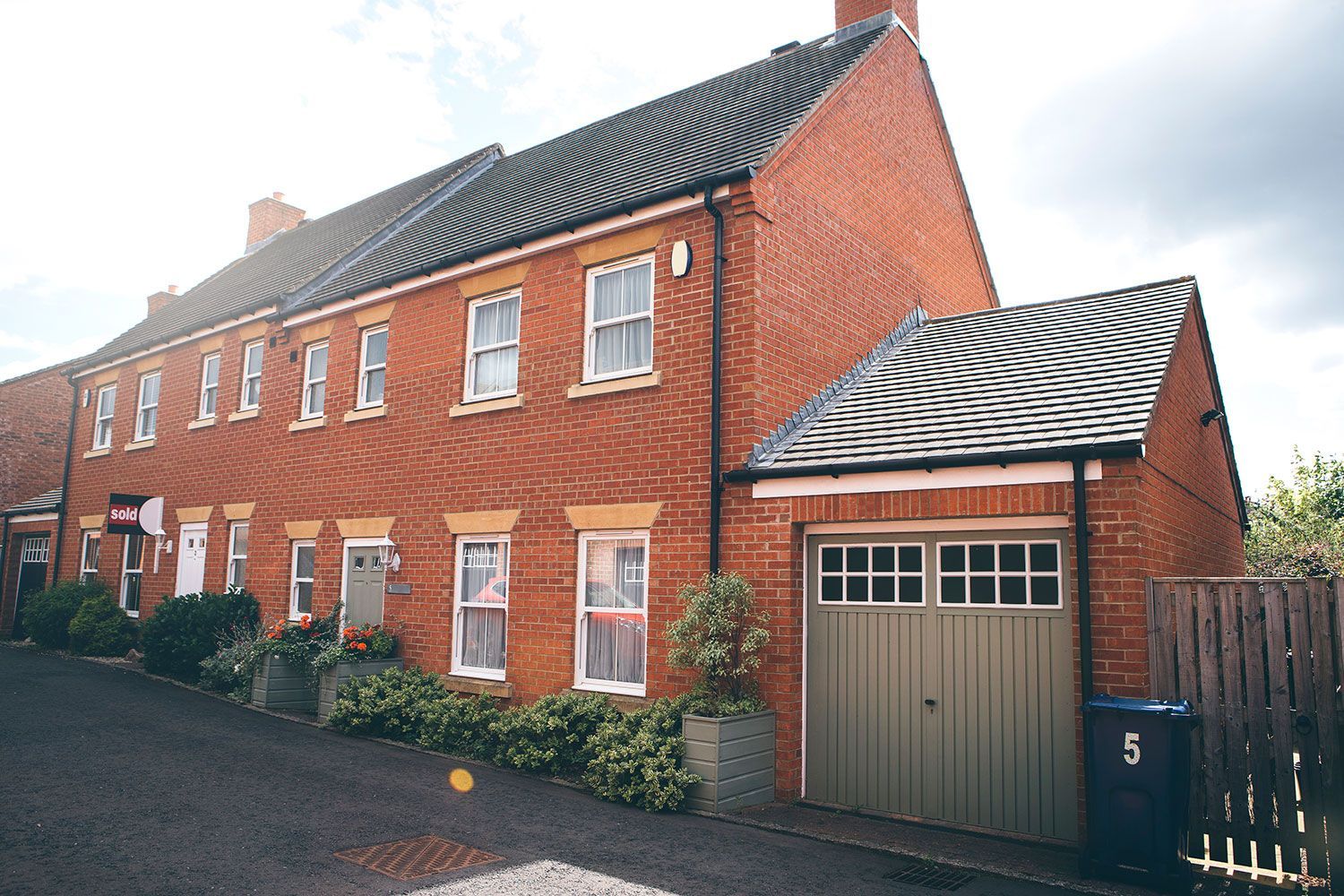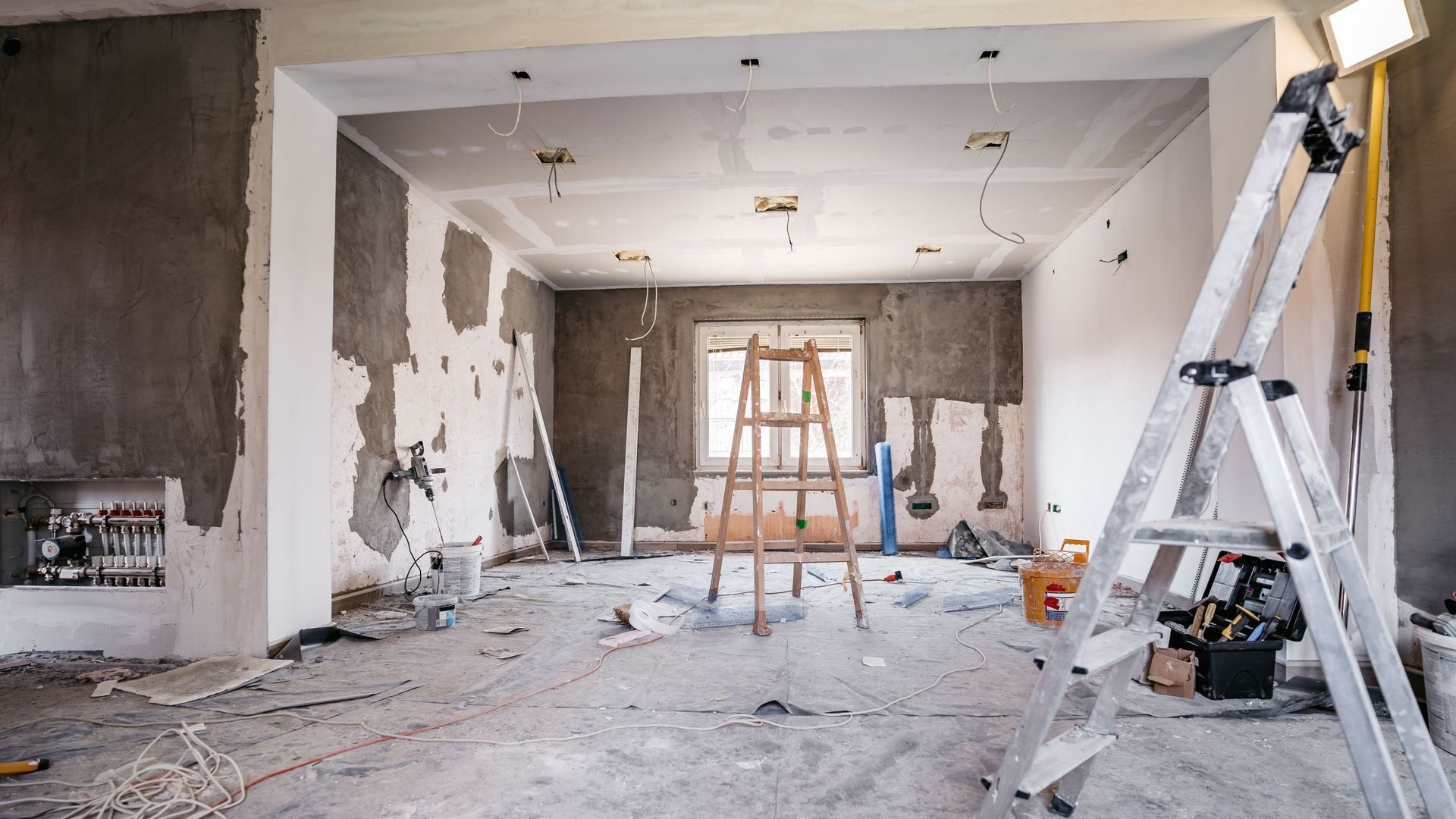Removing Asbestos in Fife: When Should You Get a Survey?
According to the Health and Safety Executive agency, asbestos kills around 5000 workers each year - more than the number of people killed on the road. With 20 tradesmen dying each week as a result of past exposure, it’s important that you don’t treat this maintenance issue lightly.
Read on to learn more about the risks associated with asbestos, why you should get an asbestos survey and where to find asbestos removal services in Fife.
What is asbestos?
Asbestos is a general name given to several naturally occurring fibrous minerals that have crystallised to form fibres. Asbestos fibres do not dissolve in water or evaporate, they are resistant to heat, fire, chemical and biological degradation and are mechanically strong.
Asbestos was widely used in construction and other industries until the late 1990s. The three types of asbestos fibres most commonly used in the UK are:
● blue (crocidolite)
● brown (amosite)
● white (chrysotile)
Where is asbestos most commonly found?
Asbestos was used in buildings for insulation, flooring, roofing, and was sprayed on ceilings and walls. Asbestos Insulating Board (AIB) was also commonly used as fireproofing material.
Asbestos can be found in both commercial and residential properties:
Industrial properties
It can be found inside:
● Sprayed coatings on ceilings, walls, beams and columns
● Asbestos cement water tank
● Loose fill insulation
● Lagging on boilers and pipes
● AIB ceiling tiles
● Toilet seat and cistern
● AIB partition walls
● AIB panels in fire doors
● Asbestos rope seals, gaskets and paper
● Vinyl floor tiles
● AIB around boilers
● Textiles e.g. fire blankets
● Textured decorating coatings on walls and ceilings eg artex
It can also be found outside:
● Asbestos cement roof
● Asbestos cement panels
● Asbestos cement gutters and downpipes
● Soffits – AIB or asbestos cement
● Asbestos cement flue
Residential properties
It can be found inside:
● Asbestos cement water tank
● Popcorn ceiling asbestos
● Pipe lagging
● Loose fill insulation
● Textured decorative coating eg artex
● AIB ceiling tiles
● AIB bath panel
● Toilet seat and cistern
● AIB behind fuse box
● AIB airing cupboard and/or sprayed insulation coating boiler
● AIB partition wall
● AIB interior window panel
● AIB around boiler
● Vinyl floor tiles
● AIB behind fire
It can also be found outside:
● Gutters and asbestos cement downpipes
● Soffits – AIB or asbestos cement
AIB exterior window panel
● Asbestos cement roof
● Asbestos cement panels
● Roofing felt
What are the dangers associated with asbestos?
Throughout the end of the twentieth century mounting evidence showed that exposure to asbestos came with serious health risks, including asbestos cancers like mesothelioma and lung cancer.
Asbestos inside buildings poses little risk if it remains intact. However, when damaged or disturbed small asbestos fibres can be released into the air and enter your lungs when breathing. Breathing in these asbestos fibres can damage your lungs and their lining.
Asbestos-related conditions can take years to develop after initial exposure, and they don’t always show symptoms. Once diagnosed, it is often too late to do anything. These are the most common illnesses associated with asbestos:
Asbestos-related lung cancer
Asbestos-related lung cancer is similar to lung cancer caused by smoking and other causes. While very rare, risky lifestyle choices such as smoking are likely to increase your chances of developing this illness.
Mesothelioma
Mesothelioma is a cancer which affects the lining of the lungs (pleura) and the lining surrounding the lower digestive tract (peritoneum). It is almost exclusively related to asbestos exposure and can often be fatal.
Asbestosis
Asbestosis is a chronic lung disease caused by inhaling asbestos fibres. Prolonged exposure to these fibres can cause lung tissue scarring and shortness of breath. Asbestosis symptoms can range from mild to severe, and usually don’t appear until many years after initial exposure. This disease also increases your risk of lung cancer.
Pleural thickening
Pleural thickening is generally a problem that happens after heavy asbestos exposure. The lining of the lung (pleura) thickens and swells. If this gets worse, the lung itself can be squeezed, and can cause shortness of breath and discomfort in the chest.
Who is at risk from developing an asbestos-related illness?
As asbestos is most harmful when it is disturbed or disrupted, workers involved in refurbishment, maintenance and other similar trades could be at risk of exposure to asbestos during their work. Affected professions include heating and venting engineers, construction workers, plumbers, demolition workers and plasterers.
You will most be at risk when:
● the building you are working on was built before the year 2000
● you are working on an unfamiliar site
● asbestos-containing materials were not identified before the job was started
● no risk assessment has been carried out
Why should I get an asbestos survey?
Any industrial structure, commercial building, residential building or house constructed between the 1850 and 1999 can still pose a risk to the occupants or workers who live or reside within them. UK regulations require you to conduct asbestos surveys on buildings constructed within this time period. An asbestos survey is designed to assess the asbestos risk in specific premises. Materials containing asbestos are commonly referred to as asbestos containing materials (ACM). The aim of an asbestos survey is to make a materials assessment and:
● Find ACM and record what it is, where it is and its quantity
● Assess its accessibility, condition and any surface treatment required
● Identify and confirm the asbestos types present within your building
● Recommend a course of action to ensure that the ACM is dealt with in the safest way
These surveys are necessary if you are occupying, buying, selling or demolishing a building deemed at risk. Asbestos surveys are also performed as a health and safety check for people working or living in the building.
What are the legal requirements?
For those who own or manage commercial properties, there is a responsibility to protect employees and customers from the harms associated with asbestos. This is outlined in the Control of Asbestos Regulations (CAR) 2012. It covers non domestic properties and industrial or commercial buildings such as factories, warehouses, offices, shops, hospitals and care homes. Common areas of domestic properties such as blocks of flats are also covered, like stairwells, corridors, lifts, roof spaces and yards.
While you won’t be legally obliged to have asbestos information on your own home, an asbestos survey will cover any maintenance and renovation workers if you decide to undergo any maintenance.
What are the different types of asbestos surveys?
There are varying types of asbestos surveys fit for different purposes.
Asbestos Management Survey
Management asbestos surveys (or Type 2 asbestos survey) are standard inspection surveys carried out in compliance with the Control of Asbestos Regulations 2012 for all commercial and industrial property and also for those buying or disposing of property. A management survey is designed to monitor asbestos containing materials during the normal occupation and use of a building. It will aim to identify any ACM that could be disturbed during day-to-day activities, prolonged maintenance and the installation of new equipment.
This survey aims to reduce disruption to the building’s structure and is generally non intrusive.
Asbestos Refurbishment Survey
This type of survey (also known as a Type 3 asbestos survey) refers to when the premises, or a section of it, need updating, refurbishing or demolishing. An asbestos refurbishment survey will need to be commissioned by owners, managers and occupiers prior to minor and major fit-outs and strip-out work.
It is more intrusive than a management survey and can cause more disturbance. Damage will likely occur to elements of the property in order to inspect the fabric of the building, meaning this type of survey can only usually be undertaken in a vacant property and one which is owned by the person or company commissioning the survey.
Where can I get an asbestos survey and seek asbestos removal services in Fife?
At Gowrie Contracts Ltd, our team have an abundance of experience when it comes to asbestos testing, removals and surveys. Whether you need removal or asbestos testing in Fife, we’re the team for you. We’re proud to be an accredited member of the Asbestos Control & Abatement Division (ACAD), giving you that extra peace of mind that we’re the right people for the job.
Contact us today to find out how we can help you.
BUSINESS HOURS
- Mon - Thu
- -
- Friday
- -
- Sat - Sun
- Closed
Registered Company Name: Registered Company Name: Gowrie Contracts Ltd
Registered Address: Registered Address: 9 Faraday Street Dryburgh Industrial Estate Dundee DD2 3QQ
Registered Company Number: Registered Company Number: SC311140




